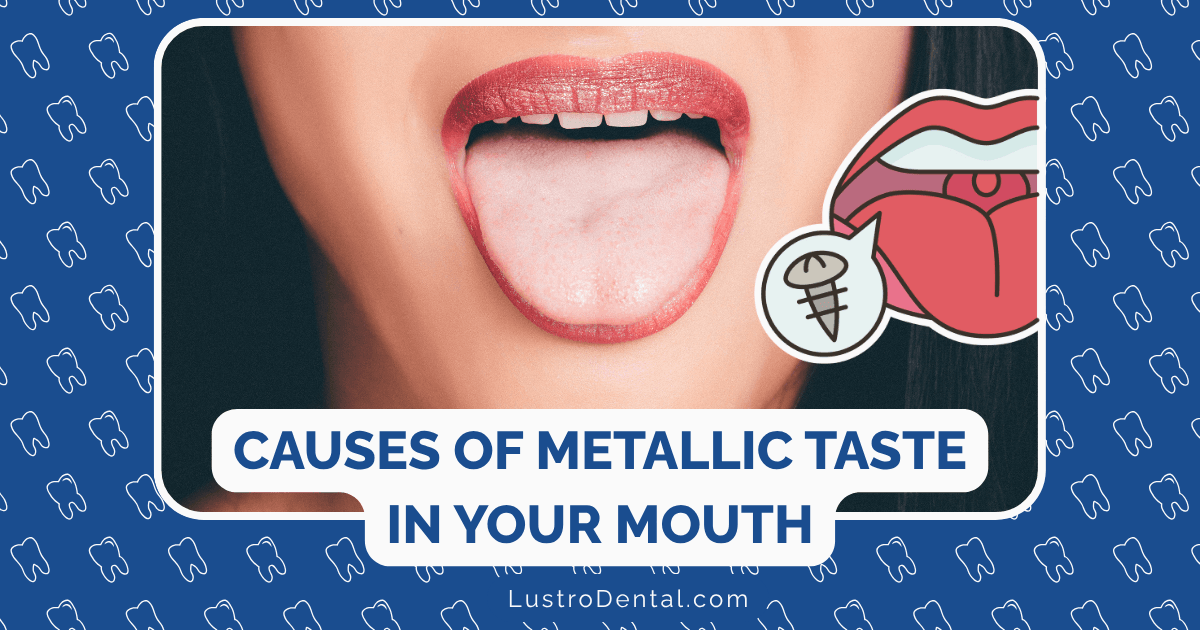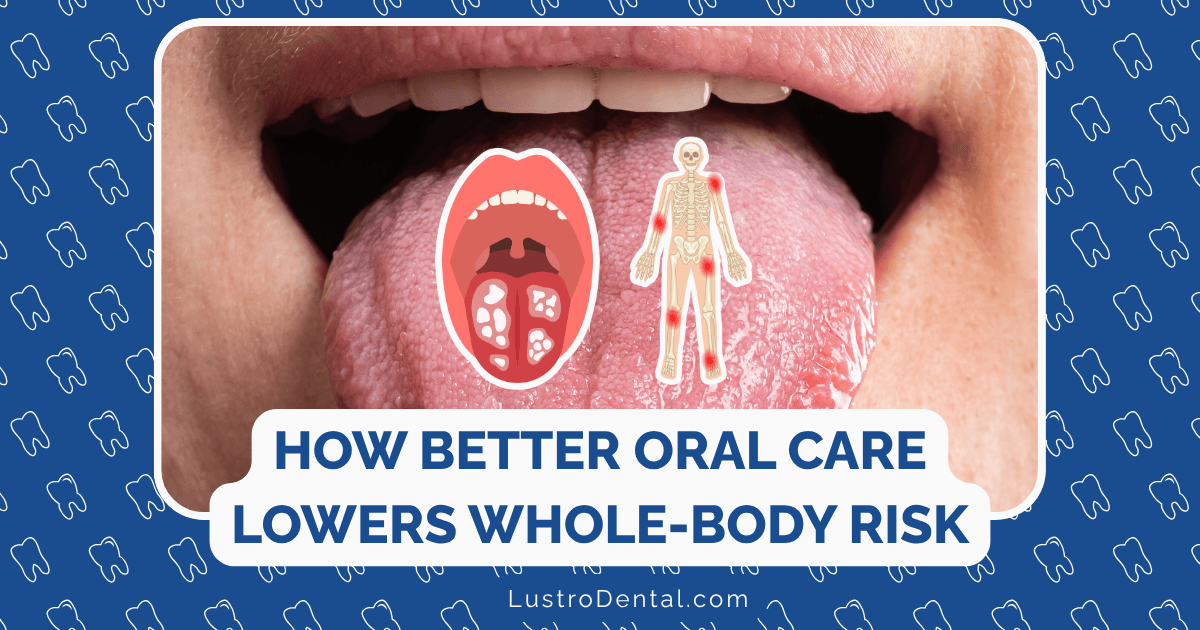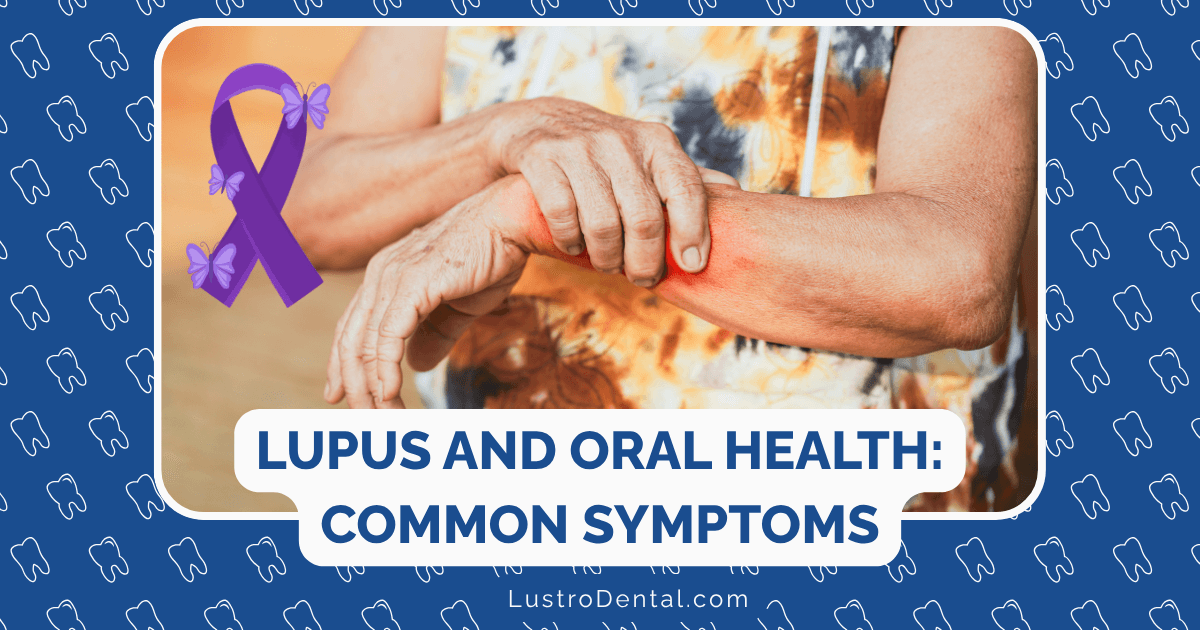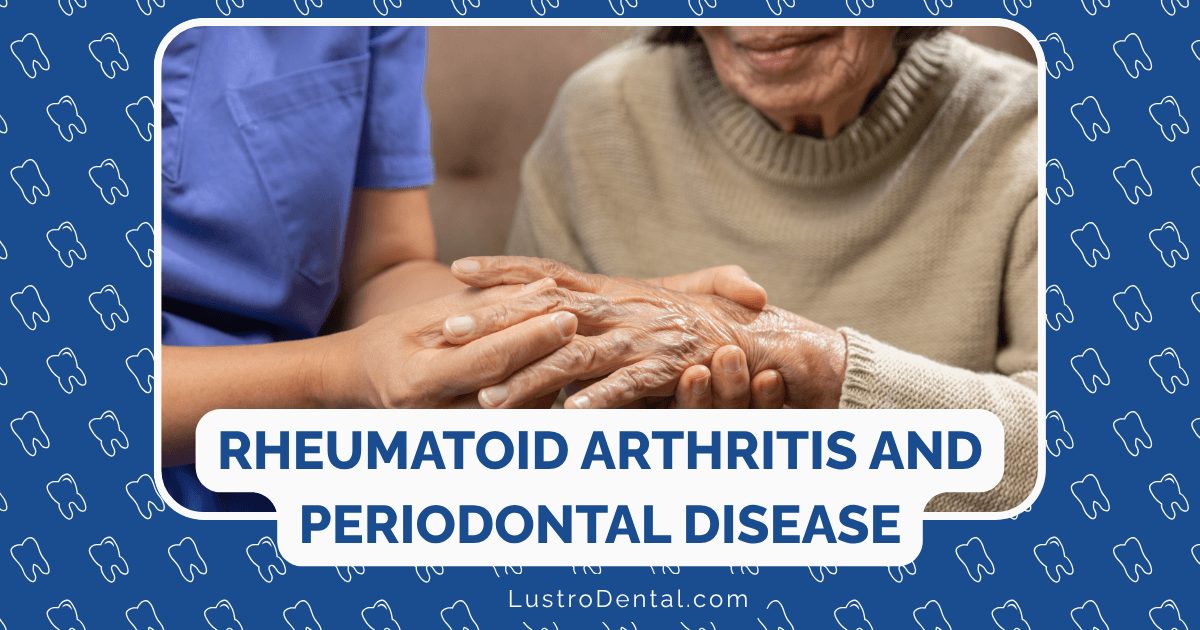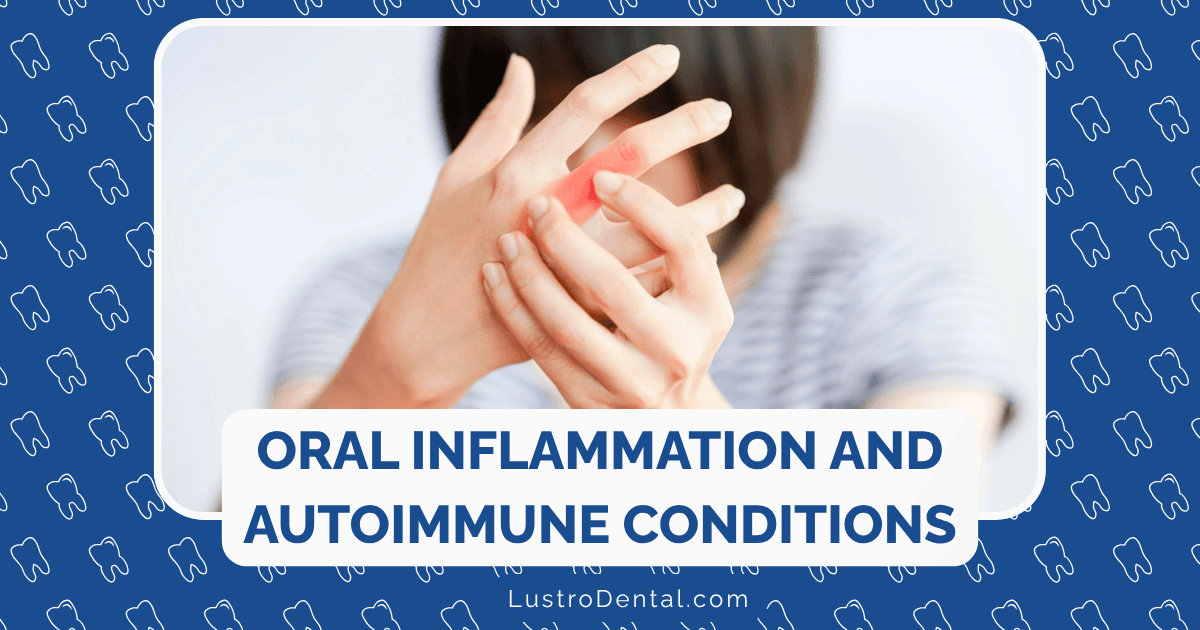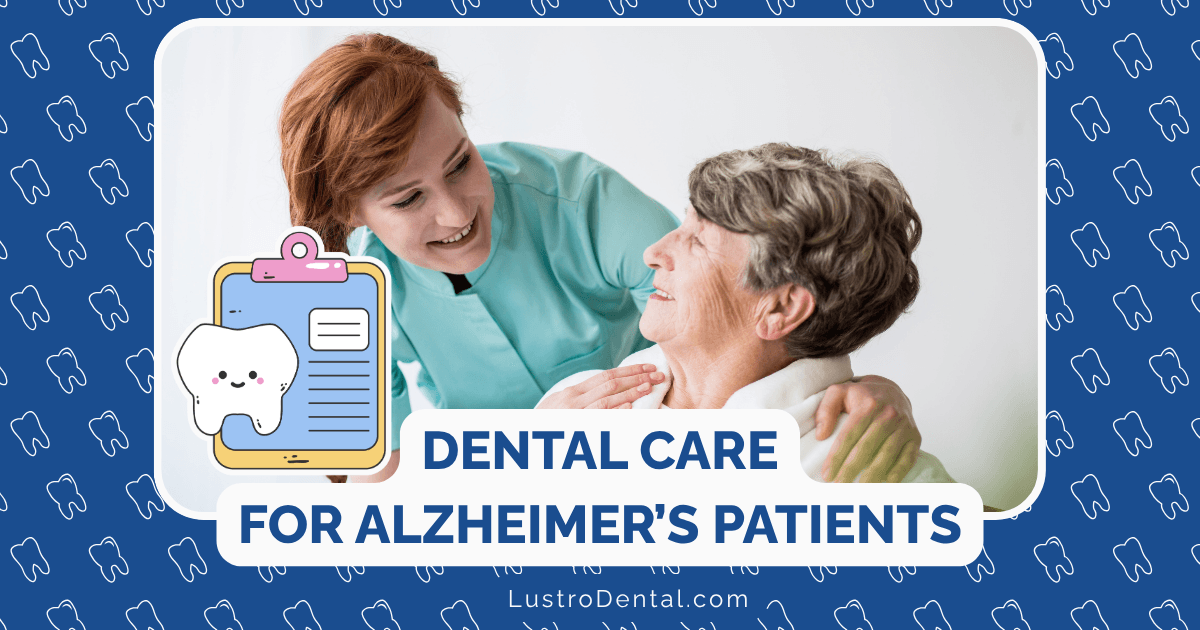Sjögren’s Syndrome: Dental Management of Dry Mouth and Related Issues
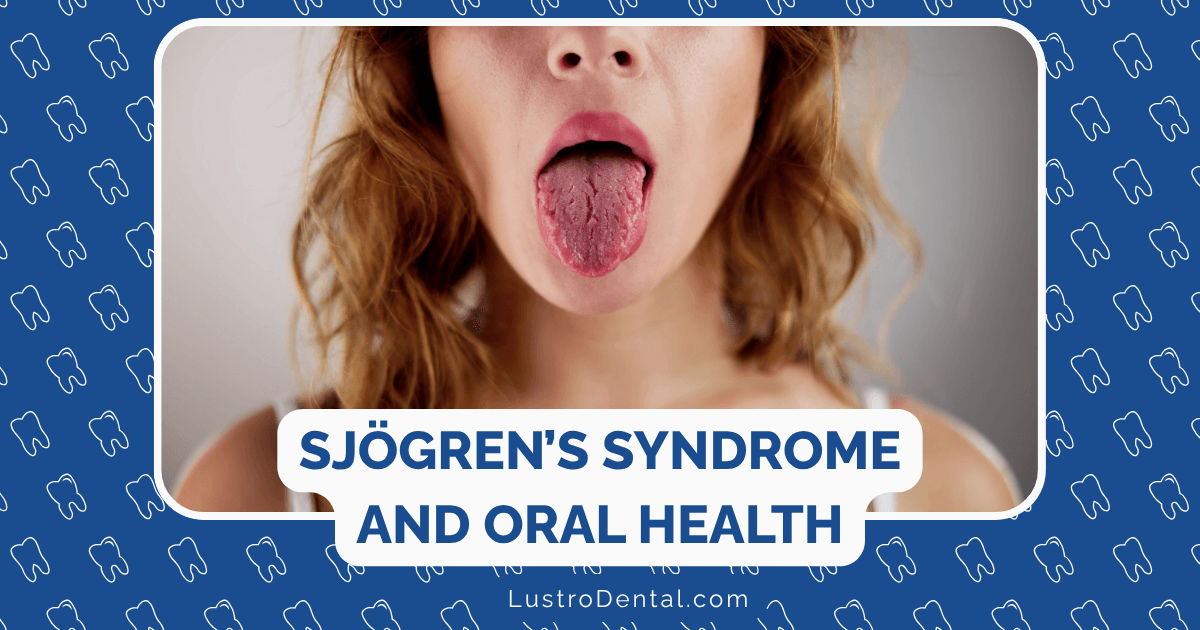
As a dental health advocate who has worked with numerous Sjögren’s syndrome patients throughout my career, I’ve witnessed firsthand the significant oral health challenges these individuals face. Sjögren’s syndrome—an autoimmune condition affecting approximately 3 million Americans—creates a perfect storm of oral health complications, with dry mouth (xerostomia) being the most prominent and problematic.
The impact of Sjögren’s on oral health extends far beyond mere discomfort. Without the protective and cleansing effects of adequate saliva, patients face dramatically increased risks of dental caries, oral infections, and difficulty with everyday functions like speaking, chewing, and swallowing.
In this comprehensive guide, I’ll share evidence-based strategies for managing the oral manifestations of Sjögren’s syndrome, with a focus on practical approaches that can significantly improve quality of life and oral health outcomes.
Understanding Sjögren’s Syndrome and Its Oral Manifestations
Before diving into management strategies, it’s important to understand the fundamental nature of Sjögren’s syndrome and how it affects oral health.
What is Sjögren’s Syndrome?
Sjögren’s syndrome is a chronic autoimmune disorder where the immune system mistakenly attacks moisture-producing glands, particularly the salivary and lacrimal (tear) glands. According to the American Dental Association, it affects approximately 0.5-1% of the population, with a striking 9:1 female-to-male ratio. Most cases are diagnosed between ages 40-60, though the condition can affect individuals of any age.
Sjögren’s can occur as:
- Primary Sjögren’s syndrome: When it appears alone
- Secondary Sjögren’s syndrome: When it occurs alongside other autoimmune conditions like rheumatoid arthritis or lupus
The Critical Role of Saliva
To appreciate the challenges faced by Sjögren’s patients, we must understand what’s lost when salivary function diminishes. Saliva isn’t merely water—it’s a complex biofluid that serves multiple essential functions:
- Protection against dental caries: Contains calcium, phosphate, and fluoride that remineralize enamel
- Antimicrobial activity: Contains enzymes like lysozyme and lactoferrin that inhibit bacterial and fungal growth
- Lubrication: Facilitates speaking, chewing, and swallowing
- Digestion: Contains amylase that begins carbohydrate breakdown
- pH buffering: Neutralizes acids produced by bacteria, protecting against demineralization
Dr. Sarah Chen, a specialist in oral medicine, explains: “When salivary function is compromised in Sjögren’s syndrome, we’re not just dealing with dryness—we’re dealing with the loss of a sophisticated defense system that protects the entire oral cavity.”
Common Oral Manifestations
According to research published in PMC, Sjögren’s syndrome can lead to numerous oral health issues:
- Xerostomia (dry mouth): Affects 75-92% of patients
- Dental caries: Significantly higher rates, particularly cervical and root caries
- Oral candidiasis: Occurs 10 times more frequently than in the general population
- Periodontal disease: Increased risk due to altered oral microbiome
- Difficulty wearing dentures: Due to lack of lubrication and retention
- Dysgeusia (taste alterations): Due to changes in saliva composition
- Dysphagia (swallowing difficulties): Due to inadequate lubrication
- Oral mucosal sensitivity: Increased risk of irritation and trauma
These manifestations significantly impact quality of life. According to the Sjögren’s Foundation, patients spend an average of $1,580 annually on dental care—the single largest healthcare expense related to their condition.
Comprehensive Management Strategies
Managing the oral manifestations of Sjögren’s syndrome requires a multifaceted approach tailored to each patient’s specific needs and disease severity.
1. Saliva Substitutes and Oral Moisturizers
For immediate relief of dry mouth symptoms, saliva substitutes can be invaluable:
Types of Products
- Carboxymethylcellulose-based products: Provide longer-lasting lubrication
- Glycerin-based products: Often combined with other ingredients for enhanced moisturizing
- Mucin-based substitutes: More closely mimic natural saliva’s properties
- Oil-based products: Particularly helpful at night when saliva production naturally decreases
According to a 2025 study in the Journal of Pharmaceutical and Biomedical Sciences, while these products provide temporary relief, they don’t stimulate natural saliva production or provide all the protective benefits of natural saliva.
Application Strategies
Dr. Michael Rodriguez, a prosthodontist specializing in Sjögren’s management, recommends: “For maximum benefit, patients should apply saliva substitutes strategically throughout the day—before eating to aid in chewing and swallowing, before speaking for extended periods, and always before bedtime when natural saliva production is at its lowest.”
Specific recommendations include:
- Carrying products at all times for frequent application
- Using spray formulations for convenience during the day
- Applying gel formulations before bedtime for longer-lasting relief
- Considering specialized products for specific activities (eating, speaking)
2. Salivary Stimulants
For patients with some remaining salivary gland function, stimulating natural saliva production can be more effective than substitutes alone.
Pharmacological Stimulants
Two primary medications are FDA-approved for treating xerostomia in Sjögren’s syndrome:
- Pilocarpine (Salagen): Typically prescribed at 5mg four times daily
- Cevimeline (Evoxac): Usually prescribed at 30mg three times daily
Both are cholinergic agonists that stimulate muscarinic receptors in salivary glands. According to the American Dental Association, these medications can increase salivary flow for 1-2 hours after administration.
However, these medications have limitations:
- Side effects may include sweating, flushing, and urinary frequency
- Contraindicated in certain conditions like uncontrolled asthma and glaucoma
- May not be effective in patients with extensive salivary gland damage
Non-Pharmacological Stimulation
Several approaches can stimulate saliva without medication:
- Sugar-free chewing gum: Mechanical stimulation through chewing
- Sugar-free lozenges: Particularly those containing xylitol
- Acupuncture: Some studies show promise for increasing salivary flow
- Low-level laser therapy: Emerging evidence suggests potential benefit
Dimensions of Dental Hygiene notes that gustatory (taste) stimulation can be particularly effective, with citrus and sour flavors providing the strongest salivary response.
3. Caries Prevention Protocols
Given the dramatically increased caries risk in Sjögren’s patients, aggressive preventive measures are essential.
Fluoride Regimens
The Sjögren’s Syndrome Foundation recommends comprehensive fluoride protocols:
- Prescription-strength fluoride toothpaste (5000 ppm fluoride) used twice daily
- Fluoride rinses (0.05% sodium fluoride) used daily
- Custom fluoride trays with 1.1% neutral sodium fluoride gel applied for 4 minutes daily
- In-office fluoride varnish applications every 3-4 months
Dr. Jennifer Lee, a dental researcher specializing in Sjögren’s syndrome, emphasizes: “For Sjögren’s patients, standard fluoride exposure from regular toothpaste and community water is simply inadequate. Higher-concentration, more frequent fluoride application is necessary to counteract the extreme caries risk.”
Remineralization Strategies
Beyond fluoride, other remineralization approaches can help:
- Calcium phosphate technologies (CPP-ACP, TCP) to enhance remineralization
- Hydroxyapatite-containing products as an alternative remineralizing agent
- Bioactive glass to release calcium and phosphate ions
While the American Dental Association notes that evidence for these non-fluoride agents is less robust than for fluoride, they may provide additional benefit as part of a comprehensive approach.
Dietary Considerations
Dietary guidance is crucial for caries prevention:
- Limiting fermentable carbohydrates, particularly between meals
- Avoiding acidic foods and beverages that can accelerate enamel erosion
- Rinsing with water after eating when brushing isn’t possible
- Choosing xylitol-containing products that may inhibit bacterial growth
4. Managing Oral Candidiasis
Oral candidiasis (thrush) affects Sjögren’s patients at ten times the rate of the general population, according to research in PMC.
Recognition and Diagnosis
Common presentations include:
- Erythematous (red) patches on the palate, tongue, or buccal mucosa
- White, removable plaques (pseudomembranous candidiasis)
- Angular cheilitis (cracks at the corners of the mouth)
- Burning sensation, particularly of the tongue
Treatment Approaches
Dimensions of Dental Hygiene outlines several treatment strategies:
- Topical antifungals: Nystatin rinses (swish and swallow) or lozenges
- Systemic antifungals: Fluconazole for resistant or recurrent cases
- Chlorhexidine rinses: As an adjunct to antifungal therapy
- Denture care: Soaking in sodium hypochlorite solution (for metal-free dentures) or chlorhexidine (for metal-containing dentures)
Treatment typically continues for 2-3 days beyond the resolution of symptoms to prevent recurrence.
Prevention Strategies
Given the high recurrence rate, preventive measures are essential:
- Regular oral hygiene to reduce plaque biofilm
- Denture removal at night and proper cleaning
- Sugar-free diet to minimize Candida growth
- Regular dental check-ups to monitor for early signs
5. Periodontal Health Maintenance
Maintaining periodontal health in Sjögren’s patients requires additional vigilance.
Professional Care
The College of Dental Hygienists of Ontario recommends:
- More frequent recall appointments (every 3-4 months rather than 6 months)
- Thorough but gentle debridement to minimize trauma to dry tissues
- Antimicrobial adjuncts like chlorhexidine varnish or controlled-release devices
- Regular assessment of periodontal status to detect early changes
Home Care Adaptations
Home care recommendations include:
- Soft-bristled toothbrushes to minimize trauma to delicate tissues
- Electric toothbrushes for more efficient plaque removal with less pressure
- Interdental brushes or water flossers as alternatives to traditional floss for sensitive tissues
- Antimicrobial mouth rinses like chlorhexidine or essential oil formulations
6. Prosthetic Considerations
For Sjögren’s patients with missing teeth, prosthetic management requires special considerations.
Denture Adaptations
According to the American Dental Association, Sjögren’s patients often struggle with dentures due to:
- Lack of saliva for retention
- Sensitive and easily traumatized oral mucosa
- Increased risk of denture-associated stomatitis
Adaptations may include:
- More frequent relining to ensure proper fit
- Use of denture adhesives formulated for dry mouth
- Incorporation of reservoirs for saliva substitutes
- Consideration of implant-supported overdentures for improved stability
Implant Considerations
A systematic review cited by the ADA found a 4.1% failure rate of dental implants in Sjögren’s patients, with most failures occurring within the first year. However, this still represents a relatively high success rate, making implants a viable option for many patients.
Dr. Rodriguez notes: “While implants generally perform well in Sjögren’s patients, we typically recommend more frequent monitoring during the first year and meticulous home care protocols to ensure long-term success.”
7. Emerging Therapies and Approaches
Several innovative approaches show promise for future management of oral manifestations in Sjögren’s syndrome:
Light-Activated Therapy
A Finnish study reported by DentistryIQ is investigating Lumoral therapy—a light-activated antibacterial treatment that combines mechanical cleaning with photobiomodulation to:
- Reduce harmful bacteria in the mouth
- Potentially stimulate natural saliva production
- Provide an alternative to traditional antimicrobials
Advanced Biomaterials
According to the Journal of Pharmaceutical and Biomedical Sciences, researchers are developing:
- Novel saliva substitutes that more closely mimic natural saliva
- Sustained-release devices for continuous moisturization
- Bioactive materials that provide both lubrication and remineralization
Gene and Stem Cell Therapies
While still experimental, research is progressing on:
- Gene therapy to regenerate salivary gland function
- Stem cell approaches to restore salivary tissue
- Targeted immune modulators to address the underlying autoimmune process
Creating a Personalized Management Plan
Given the variability in Sjögren’s syndrome presentation and progression, management must be individualized.
Assessment Parameters
A comprehensive assessment should include:
- Salivary flow measurement: Both unstimulated and stimulated
- Caries risk assessment: Including past caries experience and current lesions
- Periodontal evaluation: Full periodontal charting and assessment
- Mucosal examination: For signs of candidiasis or other pathology
- Functional assessment: Evaluation of speech, chewing, and swallowing difficulties
Staged Approach
Management typically follows a staged approach:
Mild Xerostomia
- Frequent water sipping
- Sugar-free gum or lozenges
- Over-the-counter saliva substitutes
- Standard fluoride toothpaste with additional fluoride rinse
Moderate Xerostomia
- Prescription saliva substitutes
- Consideration of salivary stimulants
- Prescription-strength fluoride toothpaste
- More frequent dental visits (every 4 months)
Severe Xerostomia
- Combination of multiple saliva substitutes and stimulants
- Custom fluoride trays with daily application
- Dental visits every 3 months
- Consideration of chlorhexidine for biofilm control
Interdisciplinary Collaboration
Optimal management requires collaboration between:
- Dentists and dental hygienists: For oral health maintenance
- Rheumatologists: For management of the underlying autoimmune condition
- Oral medicine specialists: For complex oral manifestations
- Primary care providers: For coordination of overall health management
Conclusion: Empowering Patients Through Knowledge and Care
Living with Sjögren’s syndrome presents significant challenges, particularly for oral health. However, with a comprehensive, personalized approach to management, patients can maintain oral health, function, and comfort despite these challenges.
As dental professionals, our role extends beyond clinical interventions to include education, support, and advocacy for these patients. By understanding the complex interplay between Sjögren’s syndrome and oral health, we can provide care that significantly improves quality of life.
For patients with Sjögren’s syndrome, knowledge is power. Understanding the condition and actively participating in management strategies can make a tremendous difference in outcomes. With proper care and vigilance, the oral complications of Sjögren’s syndrome can be effectively managed, allowing patients to maintain not just their oral health, but their dignity, comfort, and overall wellbeing.
Do you have experience with Sjögren’s syndrome, either as a patient or a provider? What strategies have you found most effective for managing dry mouth and related issues? Share your insights in the comments below.


